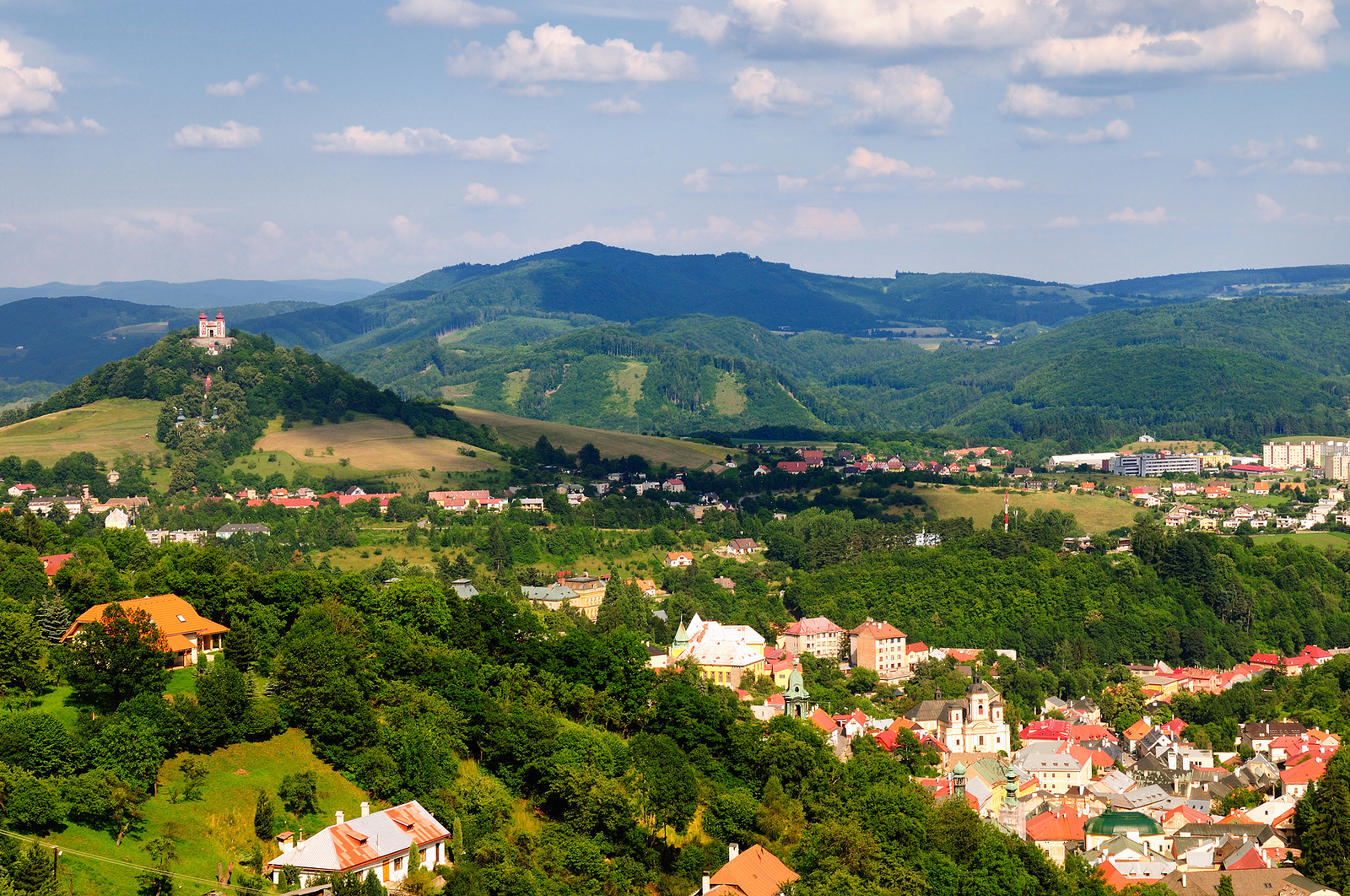
Situated in the hills that once hid central Europe’s richest silver mines, Banska Stiavnica in south-central Slovakia is an easy day trip from Budapest, and a slightly longer day trip from anywhere in Slovakia.
This renaissance mining boom town experienced a spectacular peak in the 1700s, when it became the Hungarian realm’s third-largest city. It annually produced well over 20 tons of silver and half a ton of gold, leading the authorities to found the world’s first university in sciences related to mining here. The mines then declined steadily, until about 100 years ago they were discontinued.
Attractions
The town’s atmosphere still exudes faded splendour, producing an appearance unsightly to some but richly evocative to others. Though UNESCO has registered Banska Stiavnica as a World Cultural Heritage site, it has little of the spectacular beauty of most places so recognized. However, the buildings though decaying maintain a dignity, and offer a more realistic perspective of economic history than other towns restored to their peak periods. Apart from the unspoiled town architecture, other sights include a mining museum with a shaft to tour, and a remarkable baroque chapel.
How to Get There
Several trains daily run (with an change in Hronska Dubrava) the 30 kilometres from Zvolen, which in turn has direct connections to Prague and Budapest, and to Bratislava and other Slovak cities. By car, there is a well-marked turn to a winding local road off of the E571 between Banska Bystrica/Zvolen and Nitra.
Surroundings
An amusing and surprising hunting chateau, a few kilometres south at Antol, pays tribute to the calendar with its 365 windows, 52 rooms and 12 chimneys. The town of Banska Stiavnica is also quite close to two other old mining town legacies, each restored quite differently: the relatively large and bustling medieval square in Banska Bystrica town, and the almost-intact fairytale ville of Kremnica.
